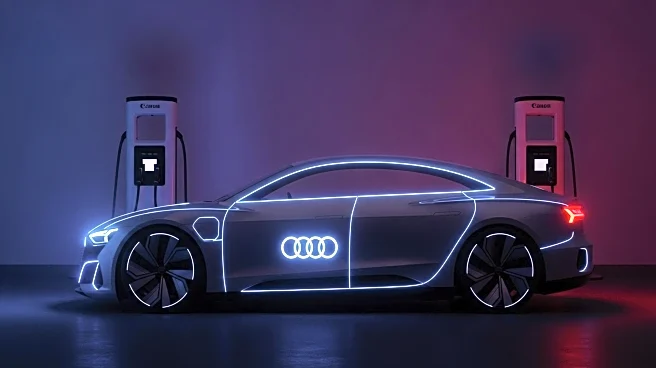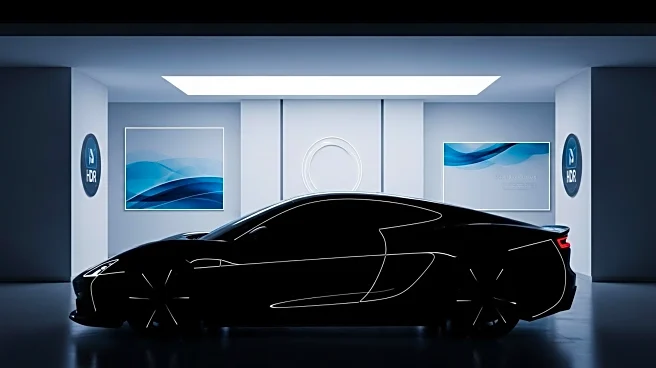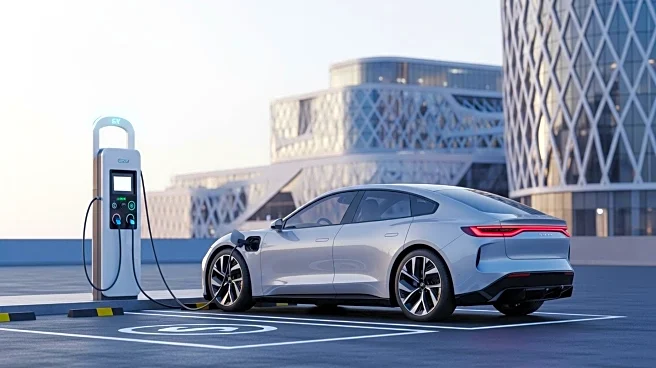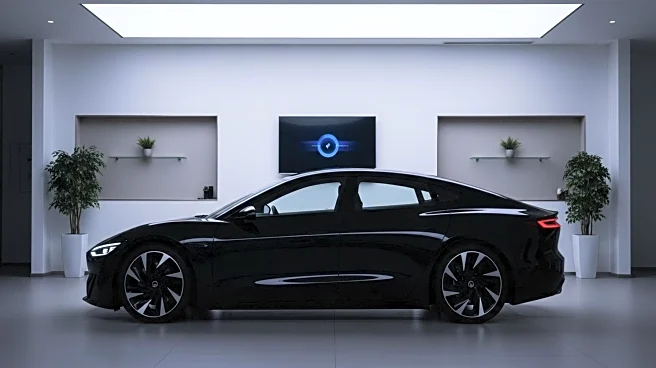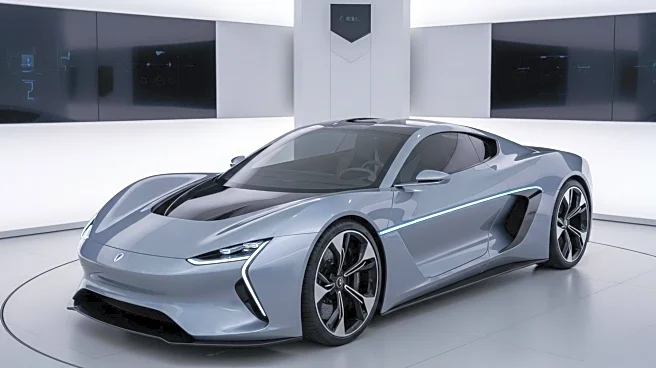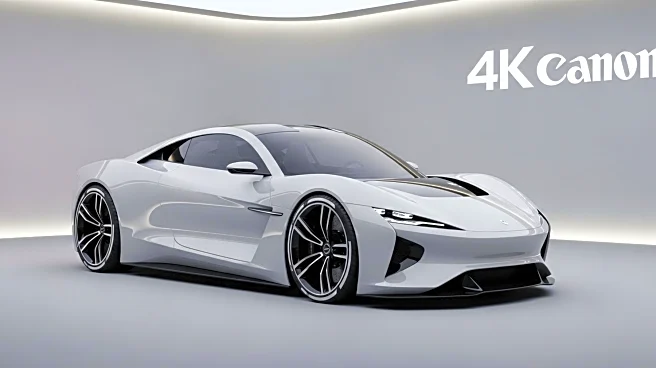What's Happening?
Audi has revealed plans for a new sports car concept, set to replace the iconic TT model. The Concept C, slated for production in 2027, will feature a clean design and upscale interior, but notably, it will not include a combustion engine. Audi confirmed that there are no plans to develop an internal combustion engine (ICE) version, despite earlier reports suggesting a gas-powered variant might be considered. This marks a significant shift in Audi's approach to sports car design, aligning with broader industry trends towards electrification.
Why It's Important?
Audi's decision to eliminate combustion engines from the TT replacement reflects the automotive industry's shift towards sustainable and electric vehicle technology. This move aligns with global efforts to reduce carbon emissions and transition to cleaner energy sources. For Audi, this decision could enhance its brand image as a leader in innovation and environmental responsibility. It may also influence consumer preferences, encouraging a shift towards electric vehicles and impacting the market dynamics for sports cars.
What's Next?
As Audi prepares for the production of the Concept C, the automotive industry will likely monitor its development closely. The absence of a combustion engine may prompt reactions from consumers and competitors, potentially influencing future design and technology choices. Audi's commitment to electrification could lead to further advancements in battery technology and performance capabilities. Stakeholders, including environmental groups and industry analysts, may evaluate the impact of this decision on Audi's market position and sustainability goals.
Beyond the Headlines
Audi's move away from combustion engines in sports cars highlights broader environmental and technological shifts in the automotive industry. This decision may prompt discussions on the ethical implications of vehicle design and the role of automakers in addressing climate change. The focus on electrification could lead to long-term changes in consumer behavior and industry standards, influencing how vehicles are designed, marketed, and regulated.
